Cable Plug and Socket Types
Learn about the different electrical outlet cable plug and socket types used around the world.
Commonly used Plug Types
Several types of electrical outlet plugs and sockets are used in our country. In order to under the socket types better, a list of respective plug and outlet types with voltages and frequencies has been provided below:
Type A: 2 Flat Pins (Ungrounded)
- This plug with two flat parallel prongs is considered standard mainly in the USA, Canada, Mexico, and Japan.
- The plug has two flat 1.5 mm thick blades, measuring 15.9 – 18.3 mm in length and spaced 12.7 mm apart.
- This plug is rated at 15 amps and has almost always 100 – 127 V.
- These plugs are not insulated (i.e. the pin shanks are not sleeved, i.e. they do not have a black covering towards the plug body)
- Sockets compatible with this plug usually have two contact wiper that the prongs slide into.
- These sockets either have bumps that fit into the holes or two spring-action blades that grip the sides of the plug pin.

Image 1: This plug with two flat parallel prongs is mainly used in the USA, Canada, Mexico, and Japan.

Image 2: Type A sockets either have bumps or two spring-action blades that grips the the plug pin.
Type B: 2 Flat Pins and 1 Round Pin (Grounded)
- This plug with two flat 1.5 mm thick blades and a 4.8 mm diameter round or U-shaped earth pin is mainly used in the USA, Canada, and Mexico.
- The plug is rated at 15 amps and has almost always 100 – 127 V.
- These plugs are not insulated (i.e. the pin shanks are not sleeved, i.e. they do not have a black covering towards the plug body)
- These plugs outlets are not recessed into the wall, i.e. if a the plug is pulled halfway out, its prongs are still connected to the socket which has risk of electrocution when pulling the plug out and putting fingers around it.
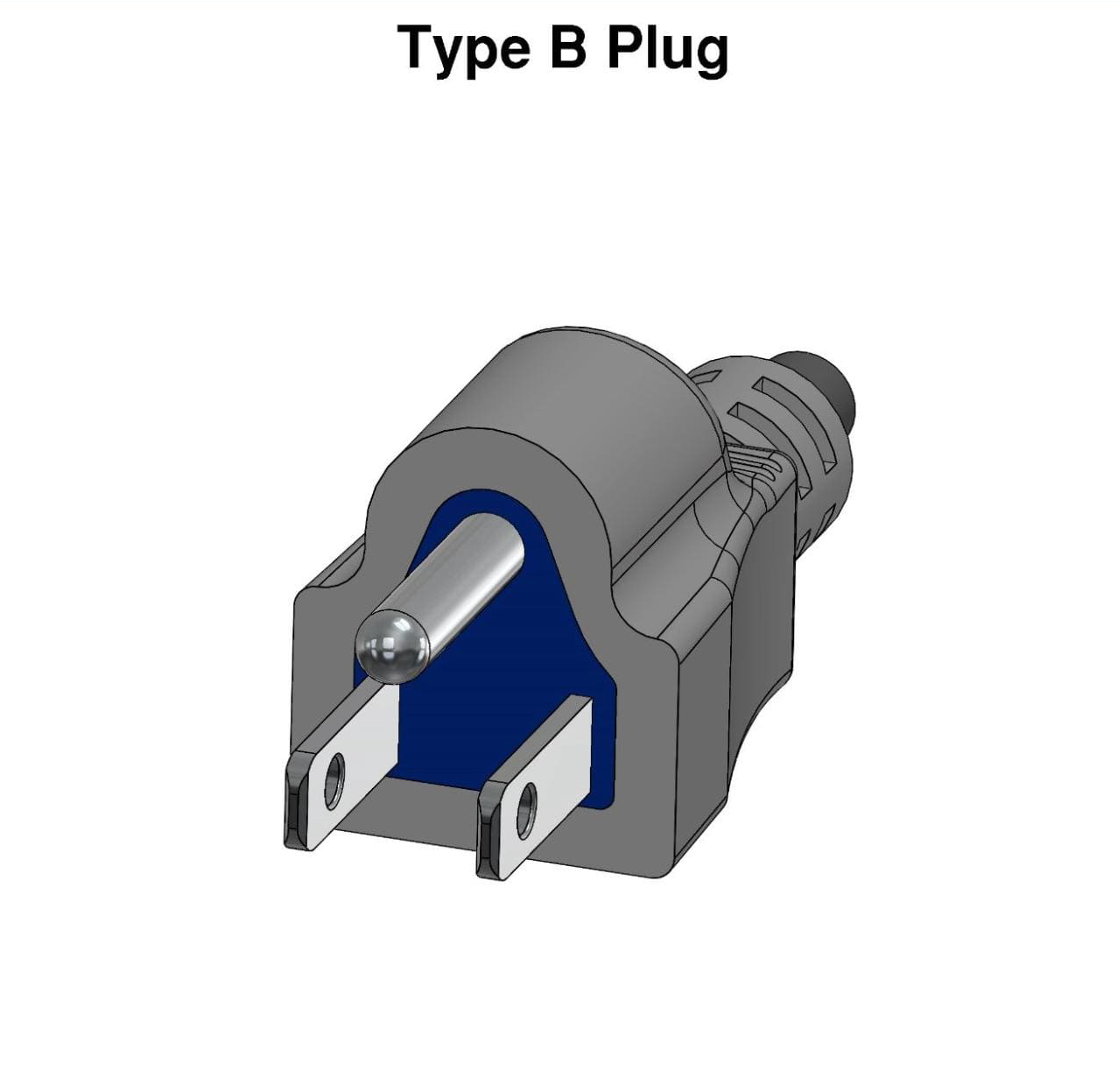
Image 3: This plug with two flat thick blades and a U-shaped earth pin is used in USA, Canada, and Mexico.
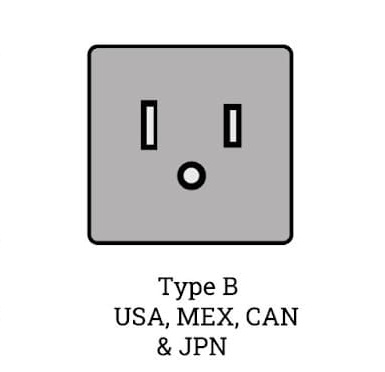
Image 4: Type B sockets are not recessed into the wall and has electrocution risk when pulling the plug.
Type C: 2 Round Pins (Ungrounded) 2.5 amp version
- This plug with two round prongs is the most common plug internationally widely used in Europe, South America, and Asia.
- The plug has two 4 mm round pins, measuring 19 mm in length on centres spaced 18.6 mm apart at the base and 17.5 mm apart at the tip.
- The two pins have 10 mm long insulated sleeves that fits into any socket that accepts 4.0 – 4.8 mm round contacts on 17.5 – 19 mm centres.
- The plug is generally limited for use in class II applications that require 2.5 amps or less.
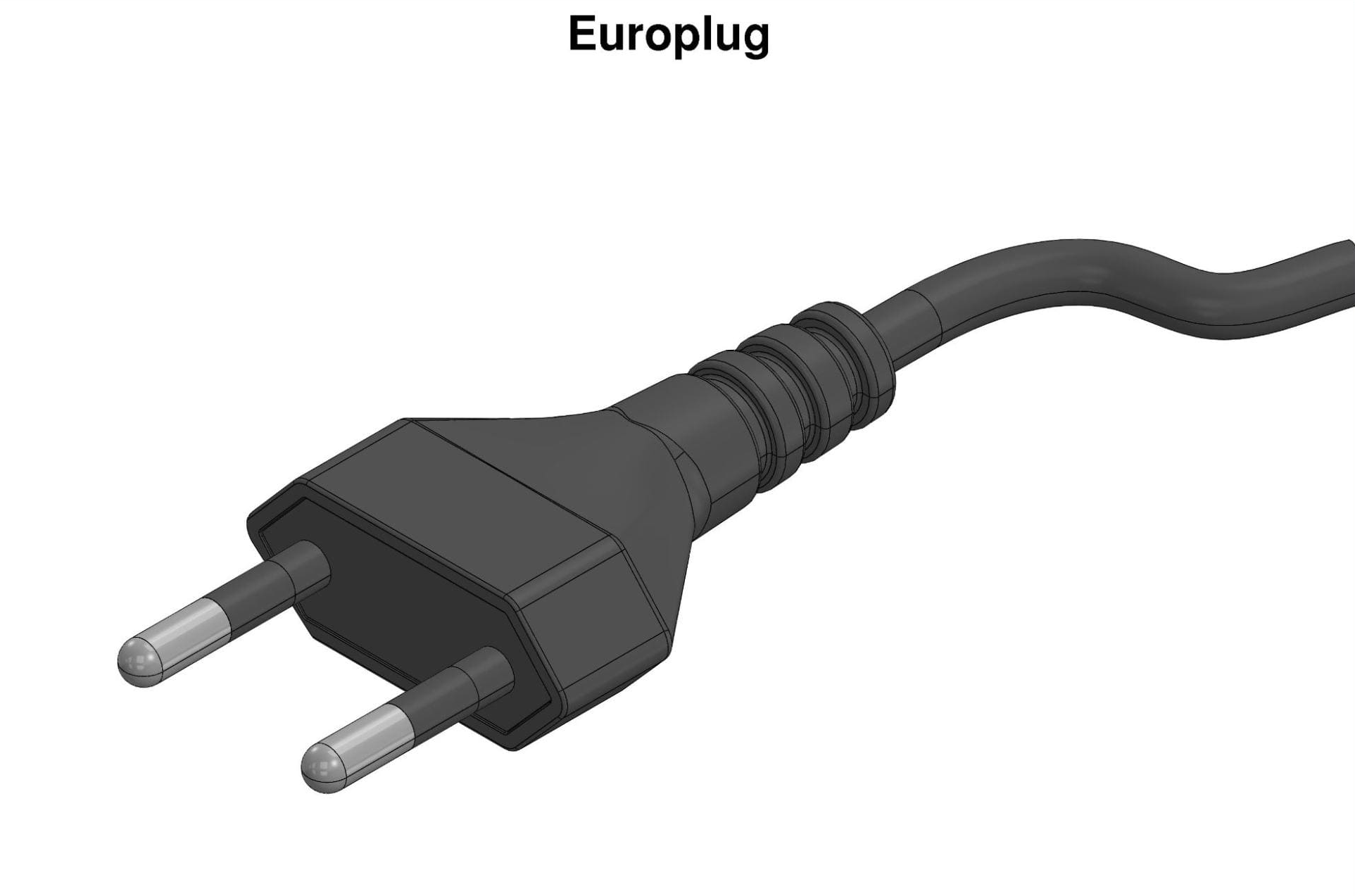
Image 5: This plug with two round prongs is internationally widely used in Europe, South America, and Asia.
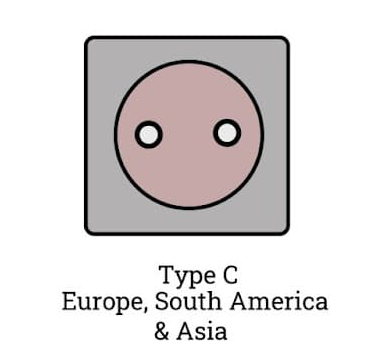
Image 6: Type C sockets have two holes with two spring-action blades that grips the plug pin.
Type C: 2 Round Pins (Ungrounded) 16 amp version
- There is also a second, less frequently used version of the type C plug (CEE 7/17), which is rated at either 10 or 16 amps.
- Its pins have the same length (19 mm) as the 2.5 amp version, but they are not insulated and have a slightly larger diameter (4.8 mm).
- Appliances that do not require earthing, but which are high energy-consuming, are almost always fitted with this kind of plug (e.g. hair dryers, bathroom heaters, vacuum cleaners, etc.).
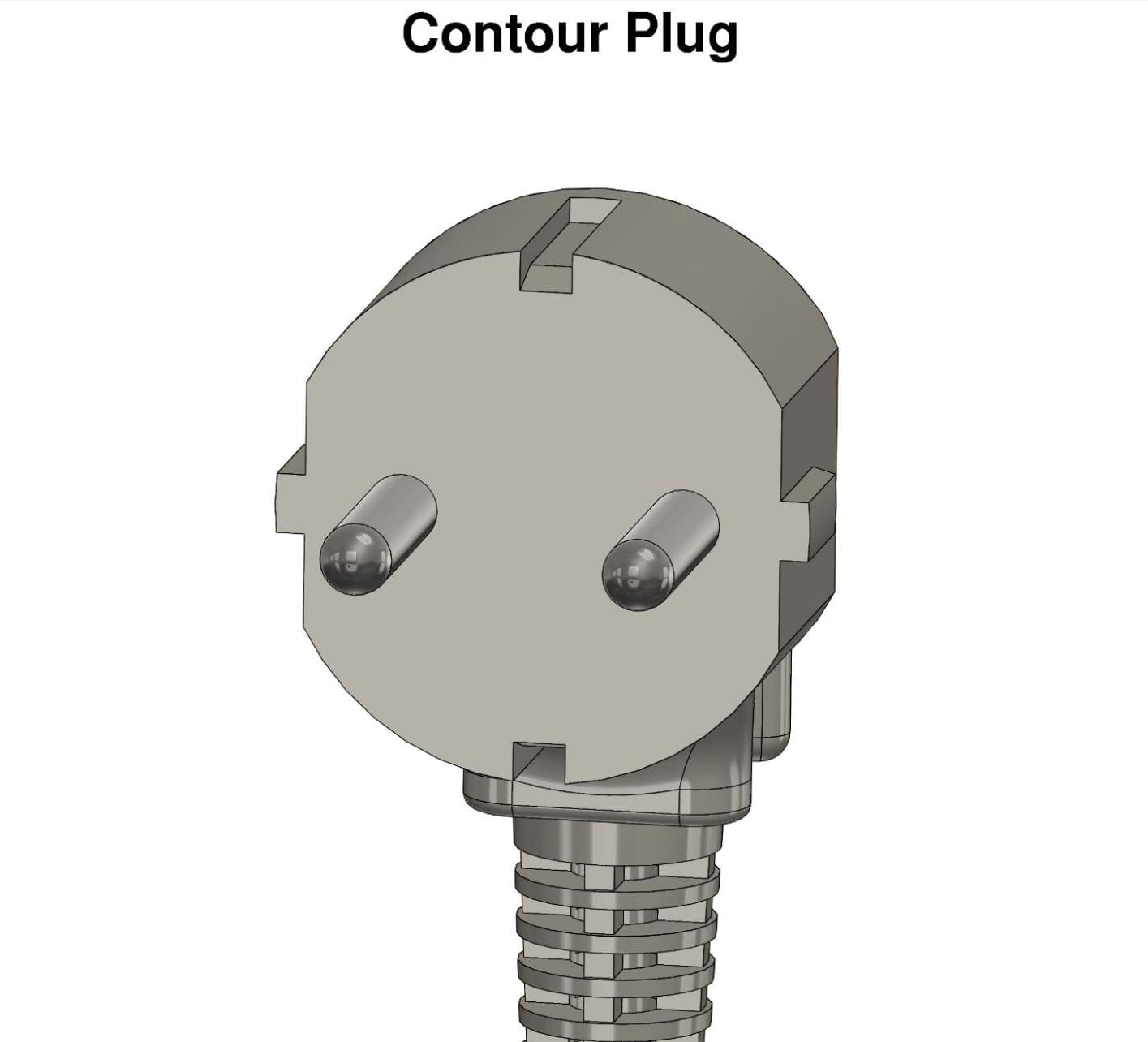
Image 7: This ungrounded contour plug with two round prongs is the 10 or 16 ampere version of type-c plug.
Type D: 3 Round Pins (Grounded)
- This plug with three round prongs that form a triangle is almost exclusively used in India and Nepal.
- The plug is rated at 6 amps and has almost always 220 – 240 V.
- The central earth pin is 20.6 mm long and has a diameter of 7.1 mm.
- The 5.1 mm line and neutral pins are 14.9 mm long, on centres spaced 19.1 mm apart.
- These plugs are not insulated (i.e. the pin shanks are not sleeved, i.e. they do not have a black covering towards the plug body)
- These plugs outlets are not recessed into the wall, i.e. if a the plug is pulled halfway out, its prongs are still connected to the socket which has risk of electrocution when pulling the plug out and putting fingers around it.

Image 8: This plug with three round prongs that form a triangle is exclusively used in India and Nepal.

Image 9: Type D sockets have one large and two small holes with spring-action blades that grip the plug pin.
Type E: 2 Round Pins (Grounded)
- This plug with two 4.8 mm round pins is used in France, Belgium, Poland, Slovakia and Czech Republic.
- It has a 14 mm long grounding hole to accept the earth pin of the type E socket.
- This plug is rated at 16 amps and has almost always 220 – 240 V.
- It has top and bottom indentations with earthing clips and a pair of plastic notches on the left and right side.
- The socket is recessed by 15 mm, so partially inserted plugs do not present a shock hazard.

Image 10: This plug with two round pins is used in France, Belgium, Poland, Slovakia and Czech Republic.

Image 11: Type E socket is recessed by 15 mm, so partially inserted plugs do not present a shock hazard.
Type F: 2 Round Pins (Grounded)
- This plug with two 4.8 mm round pins is used almost everywhere in Europe and Russia, except for UK and Ireland.
- It top and bottom indentations with conductive clips in them in order to earth the appliance.
- This plug is rated at 16 amps and has almost always 220 – 240 V.
- It has a pair of plastic notches on the left and right side to provide extra stability when using large and heavy plugs (e.g. with built-in transformers).
- The socket is recessed by 15 mm, so partially inserted plugs do not present a shock hazard.
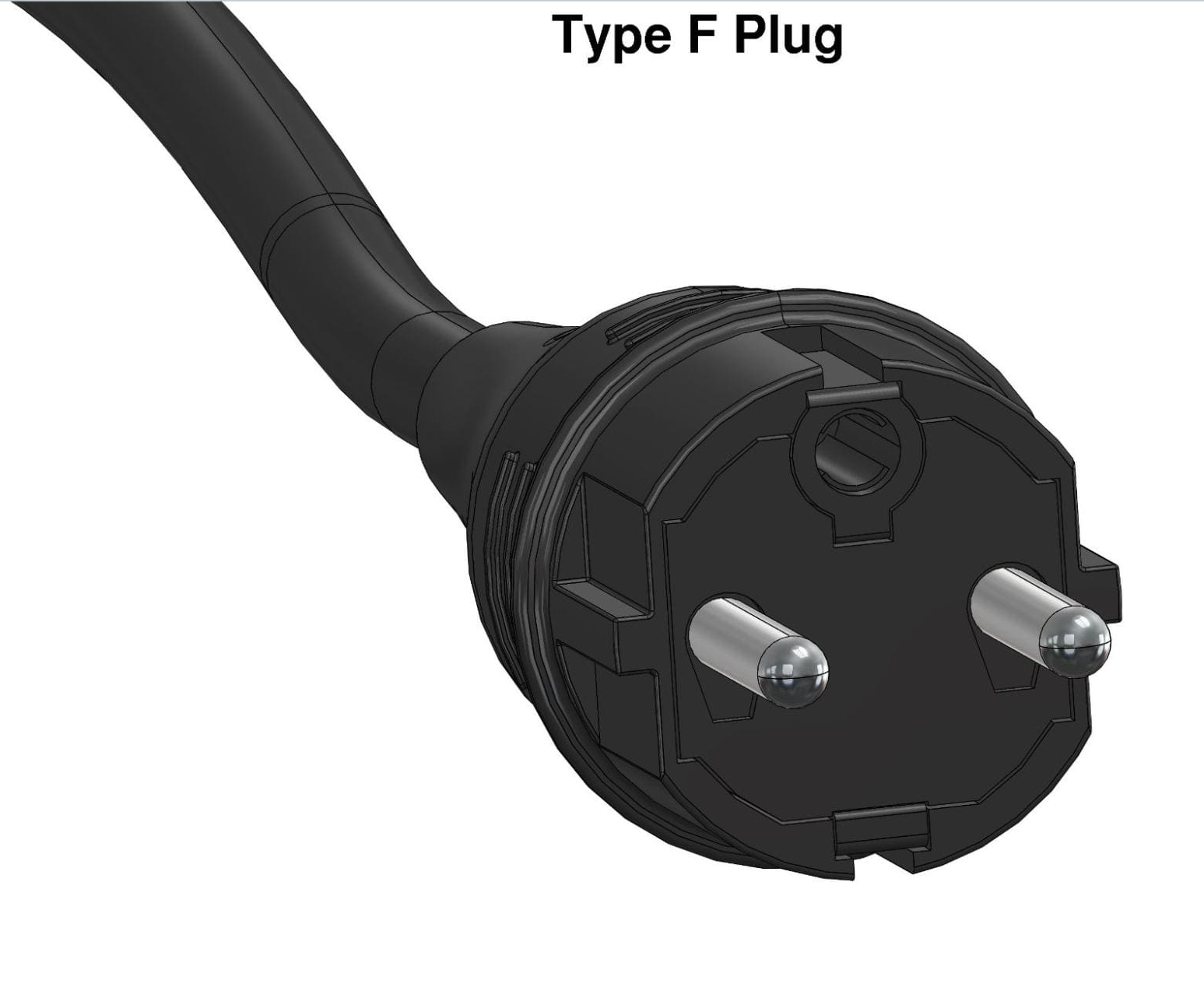
Image 12: This plug with two round pins and conductive clips is used mostly in Europe and Russia.
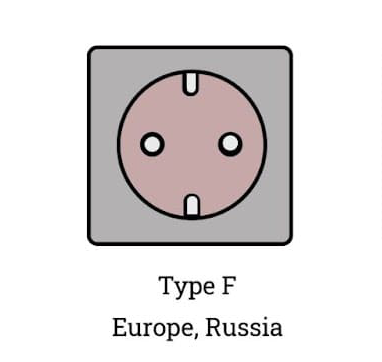
Image 13: Type F socket is recessed by 15 mm, so partially inserted plugs do not present a shock hazard.
Type G: 3 Rectangular Prongs (Grounded)
- This plug with three rectangular prongs are mainly used in the United Kingdom, Ireland, Malta, Malaysia, Singapore and the Arabian Peninsula.
- The central earth pin is 4 by 8 mm and 22.7 mm long. Line and neutral pins are 4 by 6.35 mm and 17.7 mm long, on centres spaced 22.2 mm apart.
- This plug is rated at 13 amps and has almost always 220 – 250 V.
- The 9-mm long insulated sleeves prevent accidental contact with a bare connector while the plug is partially inserted.
- Type G wall sockets almost always include built-in switches for extra safety and prevent shock hazard.
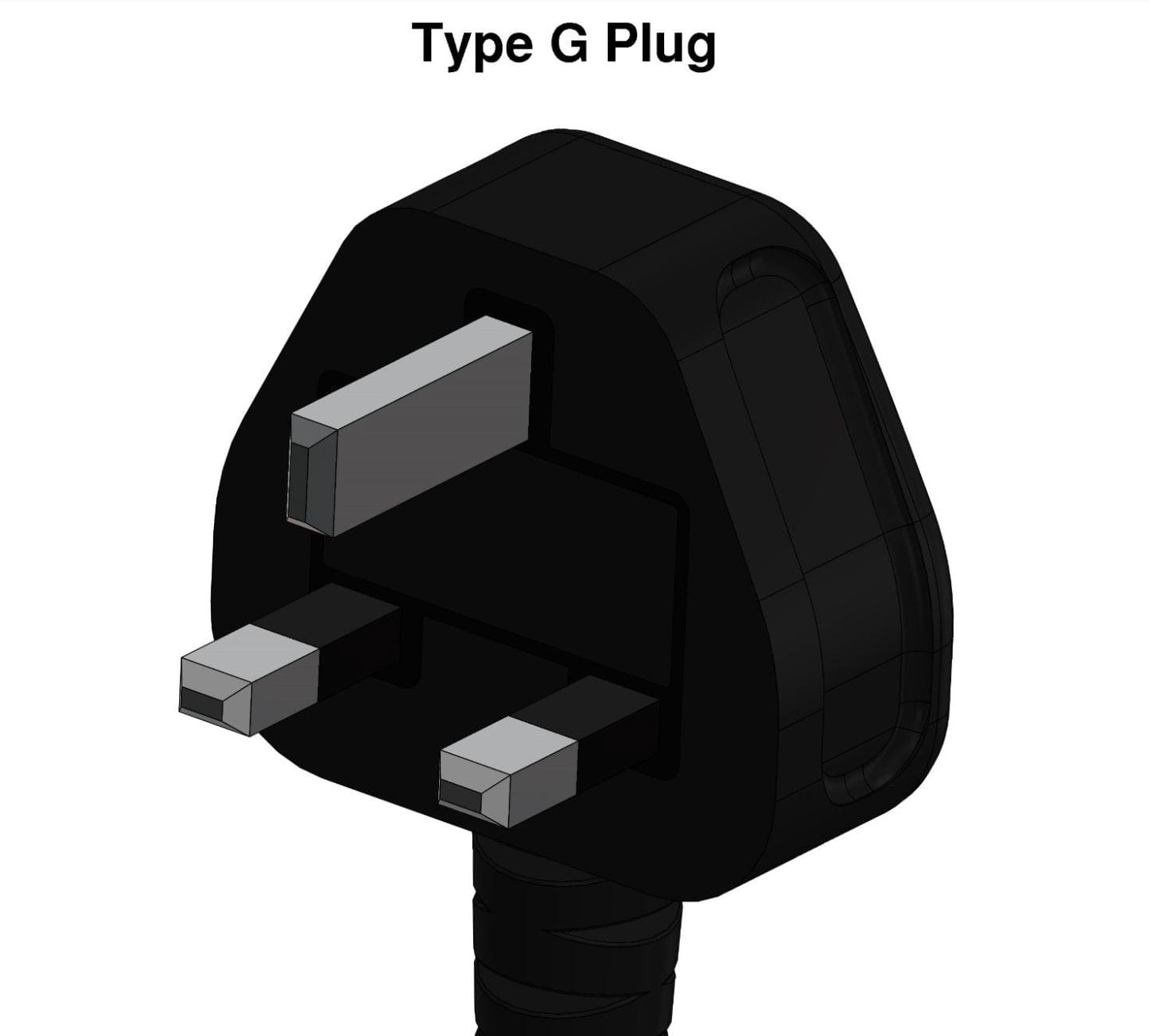
Image 14: This plug with three rectangular prongs are used in UK, Ireland, Malta, Malaysia, and Singapore.
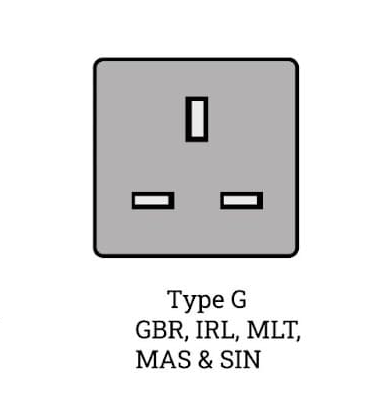
Image 15: Type G sockets almost always include built-in switches for extra safety and prevent shock hazard.
Appliance Connectors
Some appliance connectors are also commonly used in our country to medium and low voltage appliances:
C7 Connectors: 2 Side-by-Side Prongs (Ungrounded)
- C7 is a two-pronged non-polarized connector that has two prongs side-by-side.
- They are typically used to power low voltage appliances such as TVs, portable CD players, laptop chargers, laptop power supplies, video, and audio equipment etc.
- They are rated up to 250V and 2.5 Amps Internationally or 125V and 10 Amps in North America.
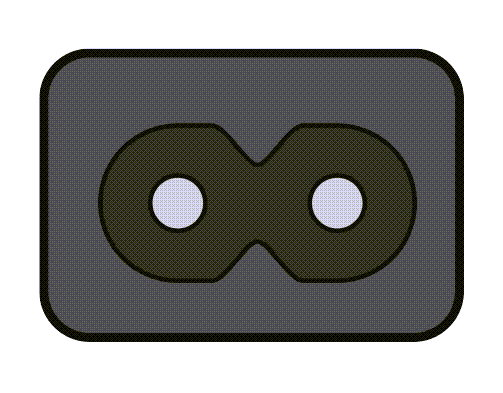
Image 16: This two-pronged non-polarized connector is typically used to power low voltage appliances.
C13 Connectors: 3 Pin Power Cables (Grounded)
- C13 is a 3-pin power cable used mainly for computers, monitors, communications, and other appliances.
- It is also commonly called a “kettle cord” and is the male connection that fits in C14 female.
- They are typically used on standard mains cables and are rated to a maximum of 240V and 10 Amps.
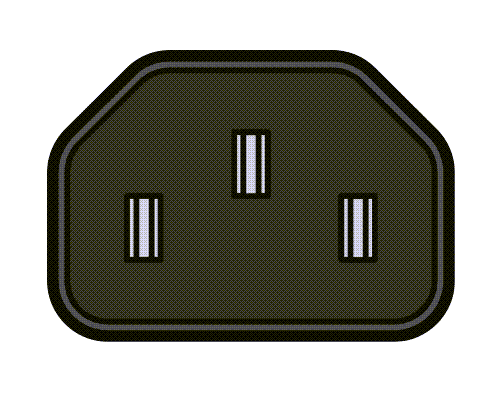
Image 17: This 3-pin power connector is used mainly for computers, monitors, and other appliances.
Learn about the different electrical outlet cable plug and socket types used around the world. A list of respective plug types has been provided below in the table:
















